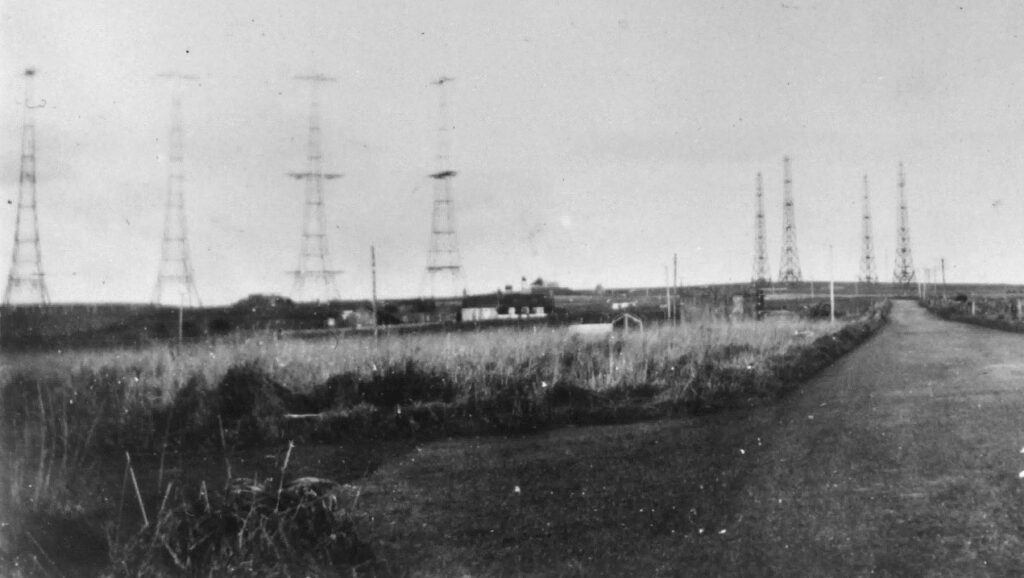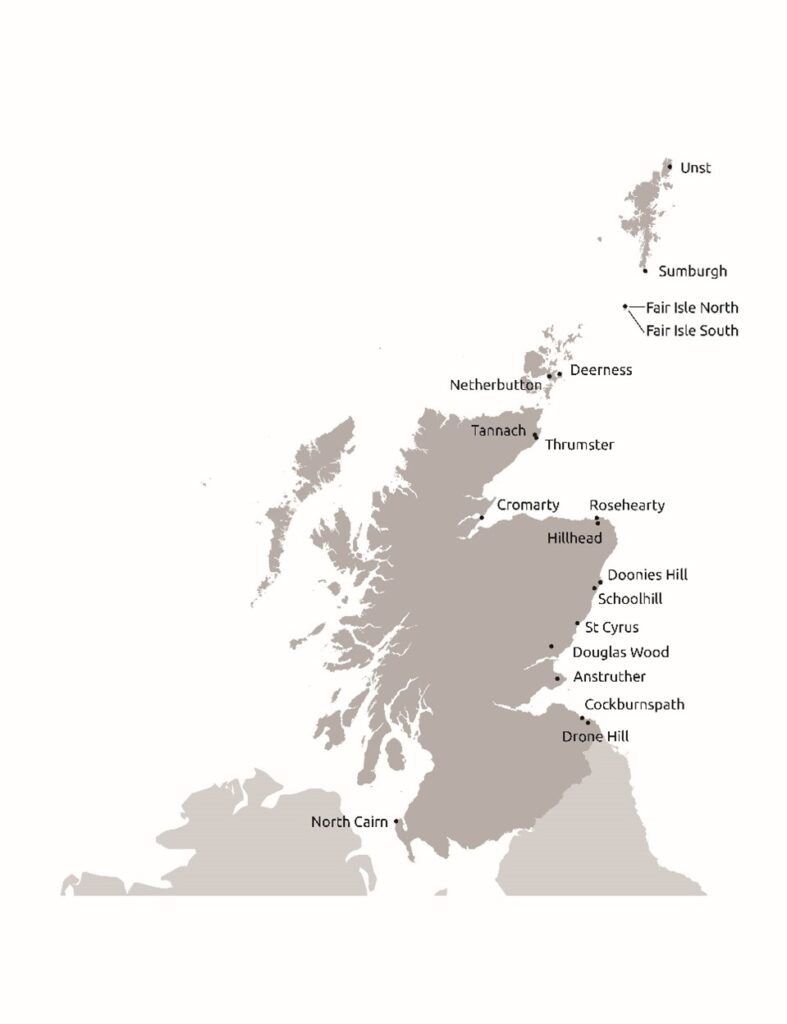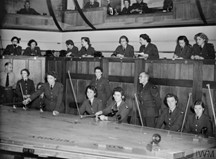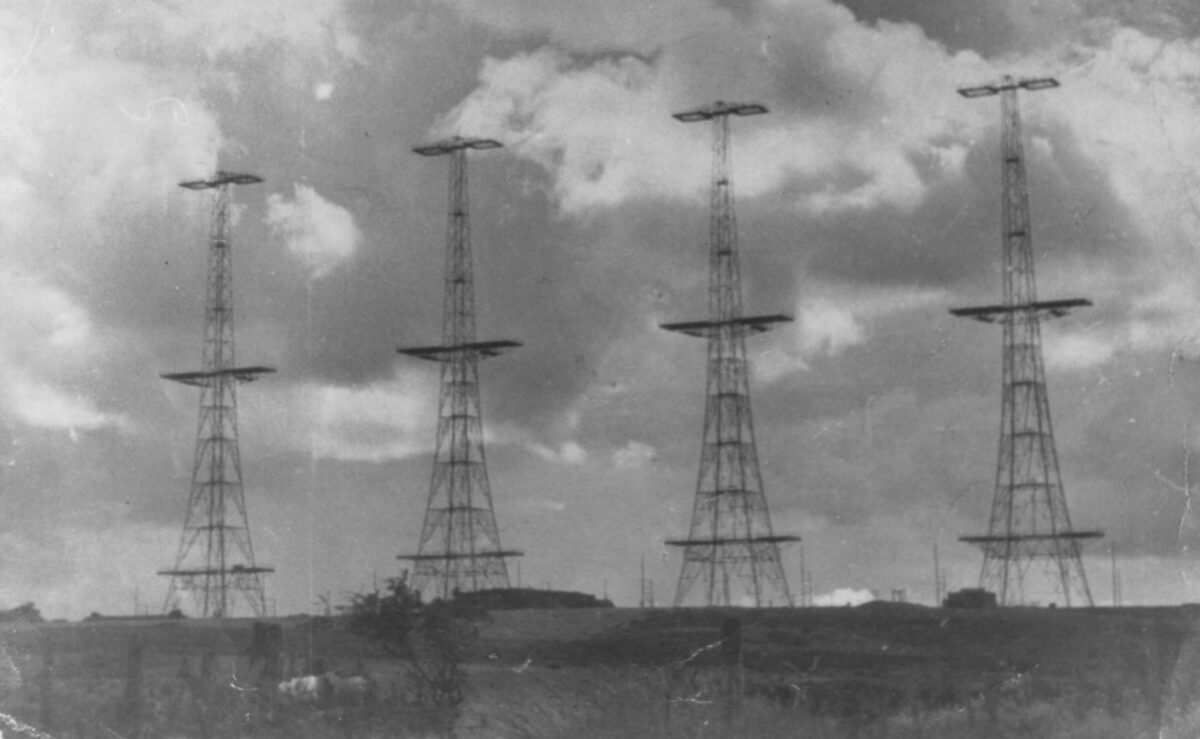A talk by, Ian Brown, Curator at the National Museum of Flight at East Fortune, was held on 15th February 2024 at the Holy Trinity Church, Church Road, Haddington.
Ian was lead curator for the redevelopment of two hangars in 2016 with new, people-focused interpretation which has been well received by visitors and the museum sector. Ian is a graduate of the Universities of Stirling and Leicester and his main research interest is in the history of radar, which he has been researching for more than 35 years. In 2022 the Society of Antiquaries of Scotland published his book on this subject, Radar in Scotland 1938-46.
The following is a summary of his talk:
As the political situation in Europe deteriorated during the 1930s, it became obvious that Britain needed some means of detecting the approach of potential enemy aircraft from continental Europe. Stanley Baldwin’s alarming statement that ‘the bomber will always get through’ focussed minds in the Air Ministry. Early experiments had suggested that radio waves could be used to detect aircraft at distance. Consequently, Robert Watson Watt was tasked to lead the development of a practical and reliable early warning system. This was supported by the assessment that standing air patrols with fighter planes were impracticable, and scrambling interceptors when a bomber force crossed the coast would be too late. The radio system was initially known as Radio Detection Finding (RDF), later as RAdio Detection And Ranging (RADAR).
From early beginnings in 1935, experiments were conducted in 1937/38 using 5 experimental stations in the Thames estuary, the success of which led to the decision to construct radar stations initially all around the east coast of the UK. The standard set-up became the following:
Transmitter: 4 steel towers in line, each 360 ft, 180 ft apart with radio aerials slung between them.
Receiver: 4 wooden towers, each 240 ft, positioned some distance away and supporting receiver aerials.

The principle is that the transmitter sends out radio pulses of suitable frequency in the chosen direction (in this case east over the North Sea). An aircraft approaching from the east reflects some of the radio signal which is picked up by the receiver and displayed on an oscilloscope screen. The complex calculations required to determine the location and movement of the target were carried out by a group of personnel in a ‘filter room’. Their conclusions were then telephoned to an operations room where positions of aircraft were represented on a plotting table, allowing the RAF and/or other services to take appropriate action.

Early Scottish radar stations were constructed at Drone Hill (the first in Scotland, 1938) near Grantshouse, and Douglas Wood near Monikie just north of Dundee. These covered approaches to the Forth and Tay Estuaries, giving approximately 90 minutes advance warning to those areas. Following the Munich negotiations in 1938 there was something of a rush to protect the fleet in Scapa Flow. To this end, a radar station was established at Netherbutton in Orkney, but its construction relied on re-using components from other stations.
At this stage there was not yet an established manufacturing supply chain in place. Soon, however, this was resolved, and additional stations were erected fairly quickly. This created the ‘Chain Home’ air defence system with stations covering the east and south coasts, in time to meet the air onslaught by the Luftwaffe in 1940. Data from radar stations was integrated by staff in filter rooms and the resultant information then forwarded to RAF operations rooms, anti-aircraft gunnery units and to naval craft. An initial weakness of this early warning system was that it could not detect low flying aircraft, a problem which was solved by introducing a chain of smaller towers able to detect aircraft at lower altitudes – Chain Home Low. Chain Home was the first complete air defence system to be used in wartime. Its effectiveness was best seen in the Battle of Britain where the Dowding system fed telephone information from the radar stations to a central filter room for processing, then to an operations room which controlled the deployment of Hurricane and Spitfire squadrons to intercept the German bombers and their fighter escorts.


In Scotland, the first air battle of the war took place over the Forth Estuary in October 1939, when 12 bombers attacked the naval vessels moored upstream of the Forth Bridge. Radar detected the approaching aircraft which were intercepted by Spitfires from 602 (City of Glasgow) Squadron, based at Drem, and 603 (City of Edinburgh) Squadron, based at Turnhouse. Two bombers were shot down and a third was damaged, crashing in the Netherlands on the way back to base.
It is not generally known that, in the early months of the war, Scotland bore the brunt of the German air attacks on the UK. These focussed mainly on the naval bases of Scapa Flow and Rosyth, fortunately with limited effectiveness. Three quarters of all German aircraft lost over in the UK during this period were shot down over the Lothians and Borders.
Construction of radar stations and technical improvements continued throughout the war, marking the steady increase in the effectiveness of air defences in response to continuing attacks by the Luftwaffe. Scotland had more than 90 radar stations by 1945. In addition to the technical and manufacturing resources necessary for these developments, radar defence involved large numbers of specialist and support personnel. In the early days personnel with experience of radio technology were in short supply and a major recruiting and training campaign was undertaken. Living conditions onsite could often be rather spartan, especially for those establishments on the exposed northwest coast and the Northern and Western Isles. Working conditions were time critical and very stressful often involving complex collation and calculation procedures caried out ‘by hand’: hundreds of lives could depend upon the skill of the personnel on site and in the filter rooms.
Since the dark days of the 1940s, radar technology has advanced hugely and large arrays as used in Chain Home have long since been superseded by far more powerful, compact and accurate systems on the ground, on ships and in aircraft. The basic principles, however, remain the same.
Peter Ramage

You must be logged in to post a comment.